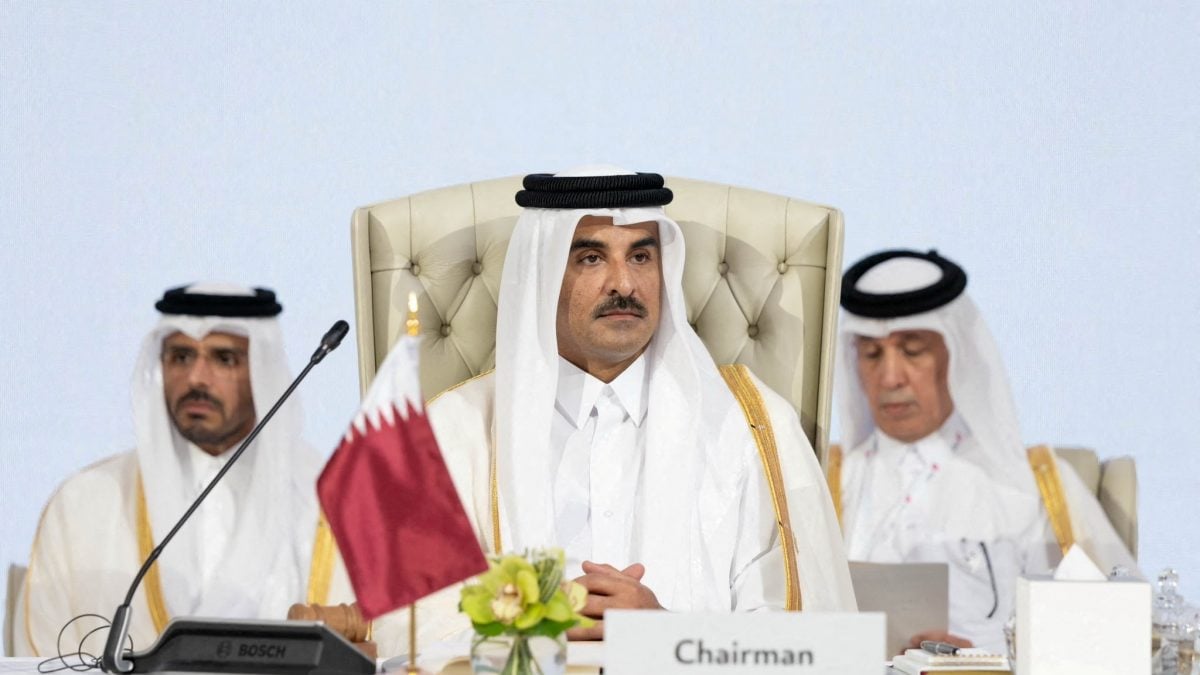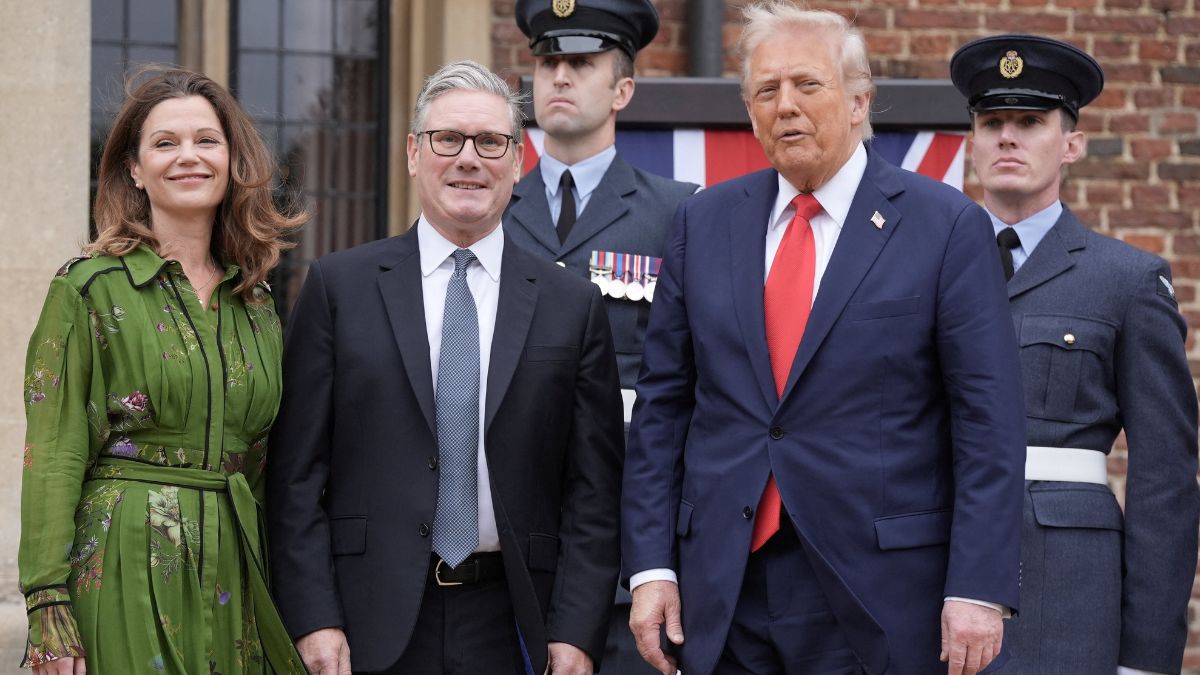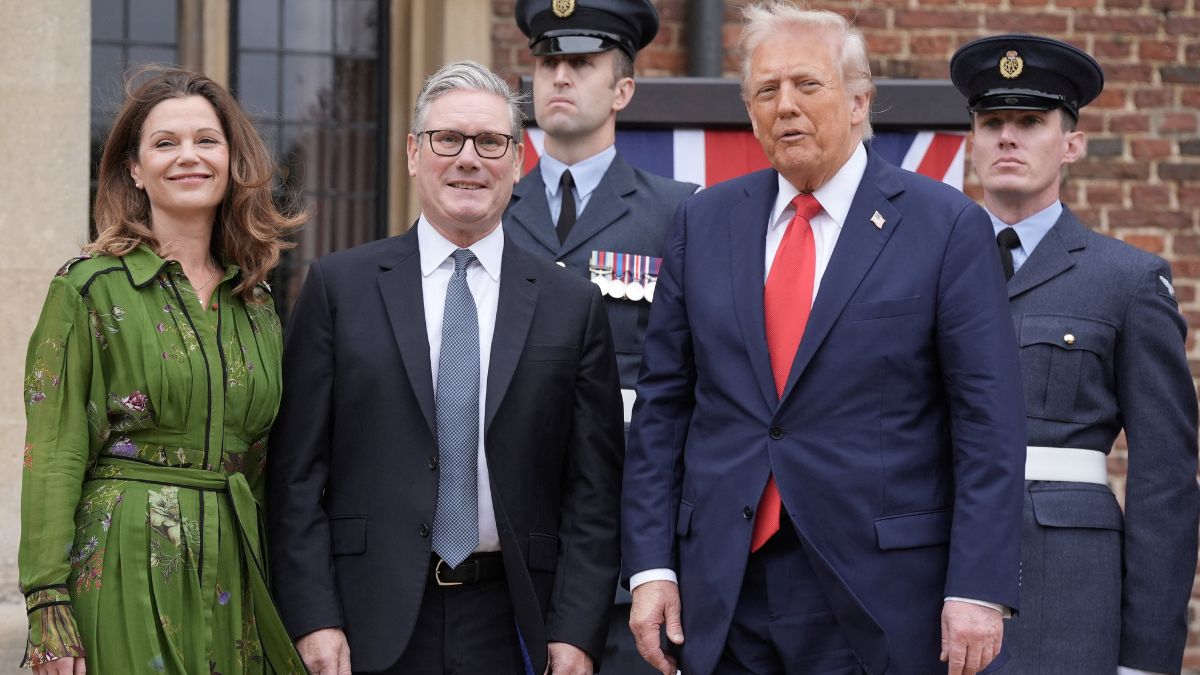On 20 August 2025, the recent trilateral meeting between China, Pakistan, and Afghanistan yielded a development of far-reaching significance: the political reaffirmation of extending the China-Pakistan Economic Corridor (CPEC) into Afghanistan. Despite its serious strategic implications, this move has not received the attention it deserves in India. Media coverage has instead been preoccupied with issues like the Trump administration’s decision to impose 50 per cent tariffs on India. But make no mistake—CPEC’s proposed expansion into Afghanistan is not a routine announcement. It marks a major strategic shift in the region, one that directly challenges India’s core strategic interests.
While the exact routes, funding, and timelines are yet to be finalised, the very fact that Beijing, Islamabad, and Kabul have agreed in principle signals a dangerous new phase of Chinese influence in India’s extended neighbourhood.
Reacting to the development, the Indian Ministry of External Affairs reiterated its long-standing opposition. It said, “CPEC passes through parts of the Indian Union Territories of Ladakh and Jammu & Kashmir under illegal occupation of Pakistan… Any proposed participation of third countries or expansion of the so‑called CPEC projects to third countries is unacceptable.”
Why this development Matters to India
CPEC, a $62 billion flagship project of China’s Belt and Road Initiative (BRI), stretches from Kashgar in Xinjiang to Gwadar in Pakistan, passing through Pakistan-occupied Jammu and Kashmir (PoJK). New Delhi has opposed the project from the very beginning, as it violates its sovereignty and territorial integrity. By extending this corridor into Afghanistan, China is not only expanding its geostrategic footprint but also deepening the political legitimacy of a project that India has consistently rejected.
In support of this strategic initiative, Beijing issued a statement claiming that “CPEC is a project aimed at promoting regional economic cooperation and development, not targeted at any third country”. However, its very alignment through disputed territory of Pakistan-occupied Jammu and Kashmir makes it inherently adversarial to India. Geography itself turns this project into a strategic challenge for New Delhi.
The Afghanistan Factor
For India, Afghanistan has long been a partner shaped by goodwill and development diplomacy. Through high-impact projects in health, education, infrastructure, and capacity-building, New Delhi earned enormous street-level credibility among Afghans. However, the Taliban takeover in 2021 disrupted India’s traditional approach. Unlike China, which quickly engaged with the Taliban and accepted their diplomatic envoy in 2024, India’s engagement has been slow, incremental, and marked by moral hesitation over whether a democracy should openly deal with an authoritarian radical regime.
This cautious approach has left India vulnerable. China has already invested in Afghanistan’s infrastructure and resource extraction while using CPEC as a vehicle to bind Kabul into its economic orbit. The corridor’s extension further sidelines India’s carefully nurtured strategic investments, including the Chabahar port, which was envisioned as a gateway to Afghanistan and Central Asia. Once Kabul is plugged into CPEC, the strategic utility of Chabahar will be significantly diluted.
Meanwhile, other major powers are stepping up their engagement in Afghanistan. Russia, despite being heavily preoccupied with the war in Ukraine, has never lost sight of its geostrategic vision. On July 3, 2025, it became the first country to formally recognize the Taliban government by accepting the credentials of their ambassador. This underscores a hard truth: in foreign policy, strategic imperatives often outweigh moral considerations.
New Delhi must confront an uncomfortable truth: while moral arguments about engaging the Taliban preserve India’s democratic image, they do little to advance strategic interests. Although New Delhi has opened limited communication channels, but its engagement remains tentative, while China’s hard-headed realism has given it an upper hand. Russia’s recognition of the Taliban further cements its role as a decisive geopolitical player in Afghanistan.
New Delhi cannot afford to be trapped in an endless debate over values while Beijing reshapes the regional order. Engagement with the Taliban need not imply endorsement of their ideology; rather, it is about safeguarding India’s core interests in a turbulent neighbourhood.
A Contradictory Strategy
Washington’s fragmented national security approach has compounded India’s difficulties. The US continues to view China’s rise primarily through the lens of the Indo-Pacific, ignoring Beijing’s aggressive expansion in its western periphery, including Pakistan, Afghanistan, Central Asia, and the Middle East. By maintaining tactical engagement with Pakistan under the pretext of so-called counterterrorism cooperation, while tolerating its strategic alignment with China and pursuing transactional deals like cryptocurrency collaborations, the US indirectly strengthens CPEC. This fragmented approach stabilises Pakistan, allows China to consolidate its infrastructure projects, and weakens any regional coalition that could counterbalance Beijing’s influence.
The Trump administration’s contradictory policies—antagonising partners like India and Japan while tolerating Pakistan’s duplicity—have weakened the very coalition needed to counterbalance China. Trump’s endorsement of Pakistan, coupled with transactional deals, only serves to distract Washington while Beijing consolidates its presence in Afghanistan and beyond. Even in the Indo-Pacific, this lack of a coherent and serious strategy has limited US effectiveness in countering China’s rise.
The Need for a Coherent Response
If unchecked, CPEC’s expansion will alter the balance of power in South Asia. As one Pakistani analyst, expressing hostility towards India, candidly noted, “India, the so-called regional hegemon, will lose ground to regional connectivity and economic prowess.” This is not mere rhetoric—it reflects how Islamabad and Beijing view this project as a strategic counterweight to India.
For India, the lesson is clear: it must move beyond moralistic overtures and adopt a pragmatic, results-oriented strategy in Afghanistan. While New Delhi has pursued cautious engagement with the Taliban since their takeover of Kabul, including recent high-level contacts such as the Foreign Secretary’s meeting in January 2025, such engagement remains limited. Strengthening Chabahar, expanding direct dialogue with the Taliban, and countering Chinese influence through development and security cooperation are now essential to safeguard India’s strategic interests in the region.
For the United States, too, a rethink is overdue. Washington’s long-term interests align more closely with New Delhi’s than with Islamabad’s. Removing punitive tariffs on India and investing in mutual trust would send a strong signal to allies worldwide that America values genuine partnerships. Moreover, without a comprehensive strategy that treats China’s rise as a multi-theatre challenge—stretching from the Indo-Pacific to Central Asia—the US risks ceding ground to Beijing.
Conclusion
CPEC’s extension into Afghanistan is not a peripheral issue—it strikes at the heart of India’s regional strategy. If New Delhi remains indecisive, it risks losing both hard-won goodwill in Afghanistan and the strategic relevance of its connectivity initiatives. India must act now, adopting a realistic approach that prioritises interests over moral hesitation. At the same time, the US must stop undermining India by indulging Pakistan. Only through a coordinated, pragmatic Indo–American strategy can the unchecked expansion of China’s influence in South and Central Asia be contained.
Imran Khurshid is a visiting research fellow at the International Centre for Peace Studies, New Delhi. Views expressed in the above piece are personal and solely those of the author. They do not necessarily reflect Firstpost’s views.


)

)
)
)
)
)
)
)
)



